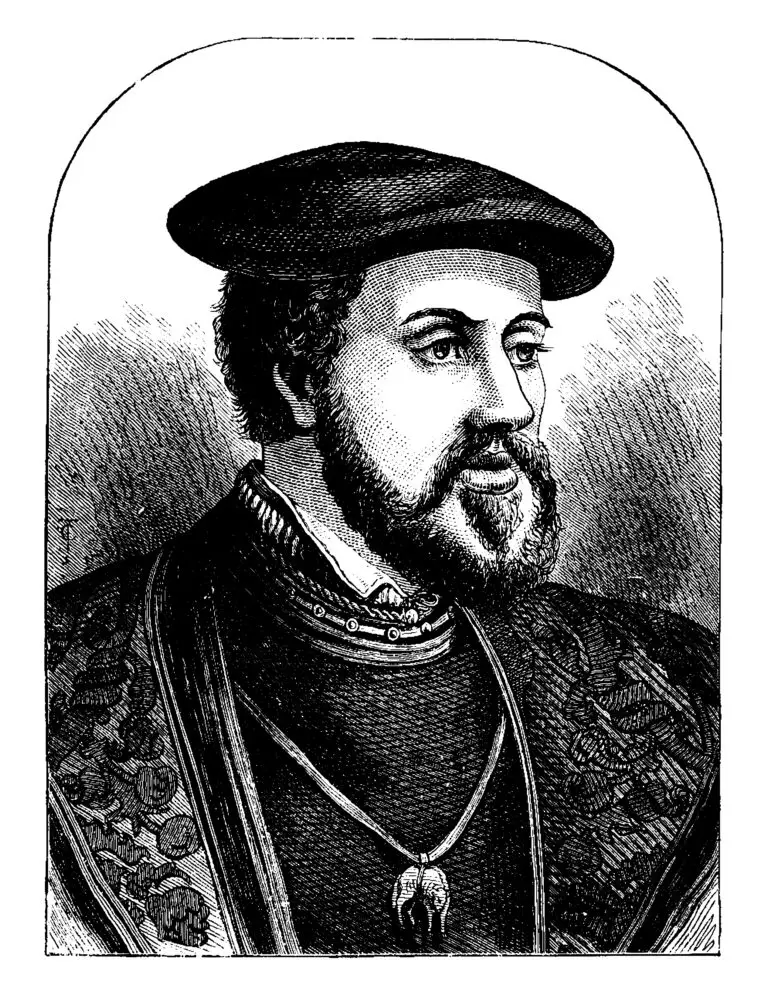Hapsburg Dynasty

Table of Contents
Habsburg Dynasty Overview
The Habsburg Dynasty, also known as the House of Habsburg, was one of the most influential and enduring European royal houses that played a central role in shaping the continent’s history for over six centuries.
Originating in the late Middle Ages, the Habsburgs rose to prominence through strategic marriages and territorial acquisitions, eventually establishing a vast and complex empire that spanned Central and Eastern Europe. Notable Habsburg rulers include Maximilian I, Charles V, and Maria Theresa.
The Habsburg Empire reached its zenith in the 16th century under Charles V, who ruled over a vast territory encompassing Spain, the Holy Roman Empire, and the Habsburg Netherlands. However, the dynasty faced challenges, including religious conflicts like the Thirty Years’ War and the rise of nationalism. The Habsburgs continued to play a significant role in European affairs until the dissolution of the Austro-Hungarian Empire after World War I.
History of the Habsburg Dynasty
The House of Habsburg, also known as the Habsburg Dynasty, was one of the most influential and long-lasting royal houses in European history, with roots dating back to the 10th century.
The dynasty originated in Switzerland, and its name is derived from Habsburg Castle, the ancestral seat of the Habsburgs in present-day Switzerland.
The Habsburgs became prominent rulers of the Holy Roman Empire, with family members holding the title of Holy Roman Emperor for much of the medieval and early modern periods.
Maximilian I, who reigned from 1493 to 1519, played a key role in expanding the Habsburg territories through strategic marriages, including his union with Mary of Burgundy, heiress to the Burgundian Netherlands.
Charles V, the grandson of Maximilian I, ruled a vast empire that included Spain, the Holy Roman Empire, and territories in the Americas. He abdicated in 1556, dividing his realms between his brother Ferdinand I and his son Philip II.
The Habsburgs were known for securing alliances through arranged marriages, contributing to the saying “Bella gerant alii, tu felix Austria nube” (Let others wage war; you, fortunate Austria, marry).
The Spanish Habsburgs, particularly during the reign of Philip II (1556–1598), were known for their staunch Catholicism and efforts to combat the spread of Protestantism during the Counter-Reformation.
The War of the Spanish Succession (1701–1714) was fought to prevent the unification of the French and Spanish thrones under a single Habsburg ruler, resulting in the Treaty of Utrecht and a significant loss of territories for the Habsburgs.
The Habsburg Monarchy, also known as the Austro-Hungarian Empire, was formed in 1804 and lasted until the end of World War I in 1918. It included diverse ethnic groups and regions in Central and Eastern Europe.
The assassination of Archduke Franz Ferdinand, a Habsburg, in 1914 was a key catalyst for World War I, as Austria-Hungary’s declaration of war on Serbia triggered a chain reaction of alliances.
Related Links
Bourbon Dynasty
Byzantine Empire
Gupta Empire
Maurya Empire